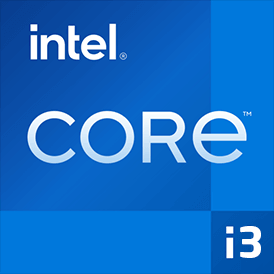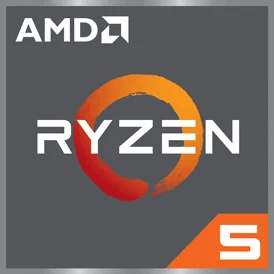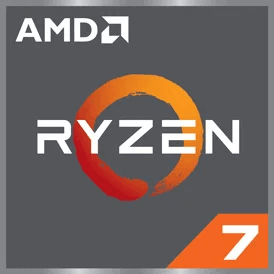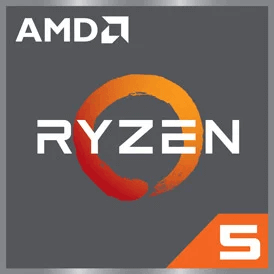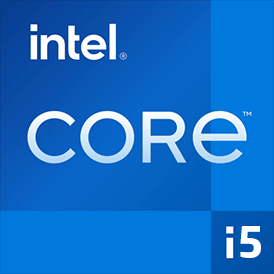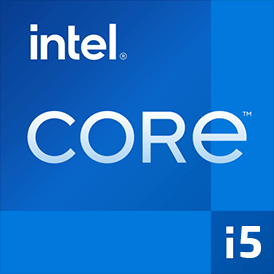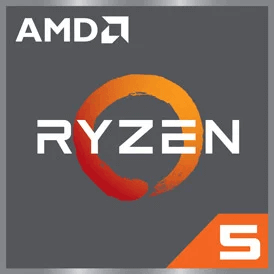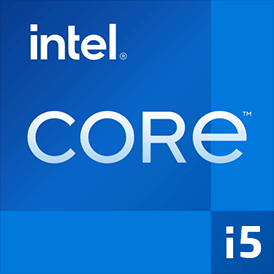Apple M1 (8-CPU 7-GPU)
The Apple M1 (8-CPU 7-GPU), launched in late 2020, brings a new level of performance to laptops like the MacBook Air and the entry-level MacBook Pro. This chip, built on a state-of-the-art 5nm process, includes 8 cores—split between energy-efficient Icestorm and high-performance Firestorm cores—to handle multitasking with ease while saving battery life. Running at a base speed of 2.1GHz and turbo boosting up to 3.2GHz, it delivers fast, responsive performance. Its 7-core GPU, clocking in at up to 1278MHz, offers solid graphics capabilities, making it a bit more energy-efficient than its 8-GPU counterpart. Geekbench 5 scores show strong multi-core performance at 7742, and with support for up to 16GB of LPDDR4X-4266 memory, the M1 is ready for demanding tasks without breaking a sweat.

Apple M1 (8-CPU 7-GPU)

The Apple M1 (8-CPU 7-GPU), launched in late 2020, brings a new level of performance to laptops like the MacBook Air and the entry-level MacBook Pro. This chip, built on a state-of-the-art 5nm process, includes 8 cores—split between energy-efficient Icestorm and high-performance Firestorm cores—to handle multitasking with ease while saving battery life. Running at a base speed of 2.1GHz and turbo boosting up to 3.2GHz, it delivers fast, responsive performance. Its 7-core GPU, clocking in at up to 1278MHz, offers solid graphics capabilities, making it a bit more energy-efficient than its 8-GPU counterpart. Geekbench 5 scores show strong multi-core performance at 7742, and with support for up to 16GB of LPDDR4X-4266 memory, the M1 is ready for demanding tasks without breaking a sweat.
General Parameters | |
|---|---|
| Release Date | Q4 2020 |
| Manufacturer | Apple |
| Type | Laptop |
| Instruction Set | ARMv8 |
| Core Architecture | IcestormandFirestorm |
| PCI Express | N/A |
| PCIE Version | 4 |
| Integrated Graphics | Yes |
Test in benchmarks
Performance test of Apple M1 (8 CPU 7 GPU) in benchmarks
PassMark
Cinebench 2024
Cross-platform benchmark reference for high-performance processors
Cinebench R23
Cross-platform benchmark reference for high-performance processors
Cinebench R20
Cross-platform benchmark reference for high-performance processors
Geekbench 6
The new version of this benchmark reference emulates common operations often used in real-world applications.
Geekbench 5
The previous version of this benchmark reference emulates common operations often used in real-world applications.
Others
Package | |
|---|---|
| Fabrication Process | 5nm |
| Socket | AppleM-Socket |
| Energy Consumption | 14 W |
| Max Temp | N/A |
CPU Performance | |
|---|---|
| Main Cores | 4 |
| Main Threads | N/A |
| Main Cores Base Freq. | N/A |
| Main Cores Turbo Freq. | 3.2GHz |
| Total Cores | 8 |
| Total Threads | 8 |
| Bus Frequency | N/A |
| Multiplier | No |
| L1 Cache | 192K per core |
| L2 Cache | 16MB |
| L3 Cache | N/A |
| Unlocked Multiplier | No |
Memory Parameters | |
|---|---|
| Memory Types | LPDDR4X-4266 |
| Max Memory | 16GB |
| Max. Memory Channels | 2 |
| Max Bandwidth | N/A |
| ECC Memory Support | N/A |
GPU Parameters | |
|---|---|
| Integrated Graphics | Yes |
| GPU Base Frequency | 450MHz |
| Dynamic Max GPU Frequency | 1278MHz |
| Shaders | 896 |
| Texture Units | 64 |
| ROP Units | 32 |
| Execution Units | 112 |
| Energy Consumption | 15W |
Miscellaneous | |
|---|---|
| PCIE Version | 4 |
| PCIE Lines | N/A |
Related CPU Comparisons


Apple M1 (8 CPU 8 GPU) vs Apple M1 (8 CPU 7 GPU)
Explore the ultimate CPU and GPU processors for maximum performance...
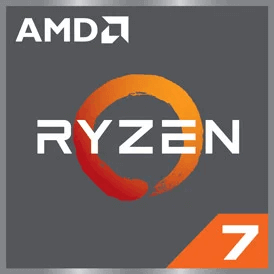

AMD Ryzen 7 7730U vs Apple M1 (8 CPU 7 GPU)
Explore the ultimate CPU and GPU processors for maximum performance...


Apple M1 (8 CPU 7 GPU) vs Apple M4 (10 CPU)
Explore the ultimate CPU and GPU processors for maximum performance...
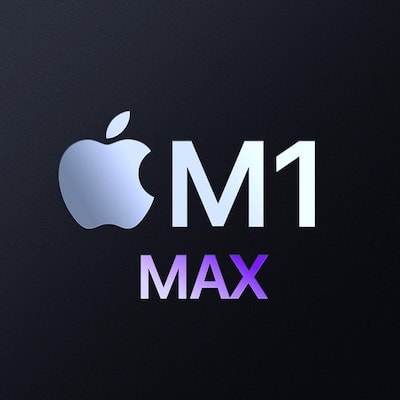

Apple M1 Max (24 GPU) vs Apple M1 (8 CPU 7 GPU)
Explore the ultimate CPU and GPU processors for maximum performance...
